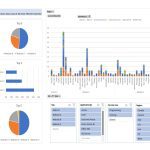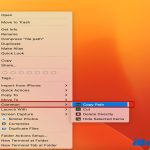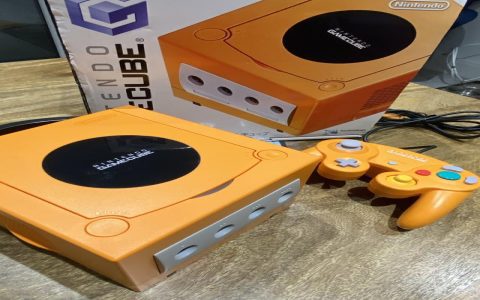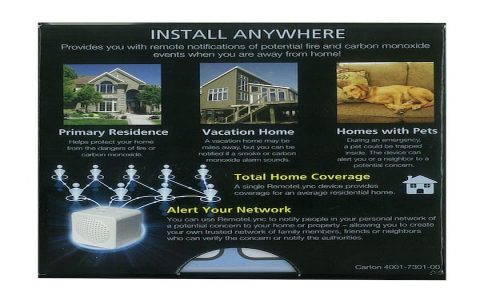Finding reliable cellular antenna boosters for vehicles requires understanding key technical specifications and regional compatibility. Based on market insights and user experiences, here's a targeted guide:
Where to Procure Vehicle Signal Boosters
- Specialized Electronics Suppliers: Seek companies with documented expertise in RF technology and automotive applications (e.g., entities holding related patents or certifications like those in Shenzhen or Guangzhou areas focusing on signal amplifiers).
- Automotive Modification Shops: Reputable tuners often partner with booster manufacturers (verify if they stock units specifically engineered for rugged or off-road environments).
- Direct Industrial Procurement: Large-scale buyers can explore platforms hosting tender notices for certified batches (requires manufacturer credentials and MOQ commitments).
Critical Selection Criteria
Mandatory Compatibility Checks:
- Carrier Frequency Bands: Confirm explicit support for China Mobile, China Unicom, and China Telecom LTE/5G bands (imported units like WeBoost #472061 often lack native compatibility despite claims).
- Voltage Matching: Validate input voltage (12V DC standard for vehicles; mismatched power supplies like 5V variants cause system failures).
- Antenna Flexibility: Prioritize adjustable external antennas with foldable mounts (essential for roof clearance in SUVs/off-roaders per GOVBUY specs).
Regional Compliance: Purchase only devices bearing SRRC certification to ensure lawful operation and network compatibility within China.
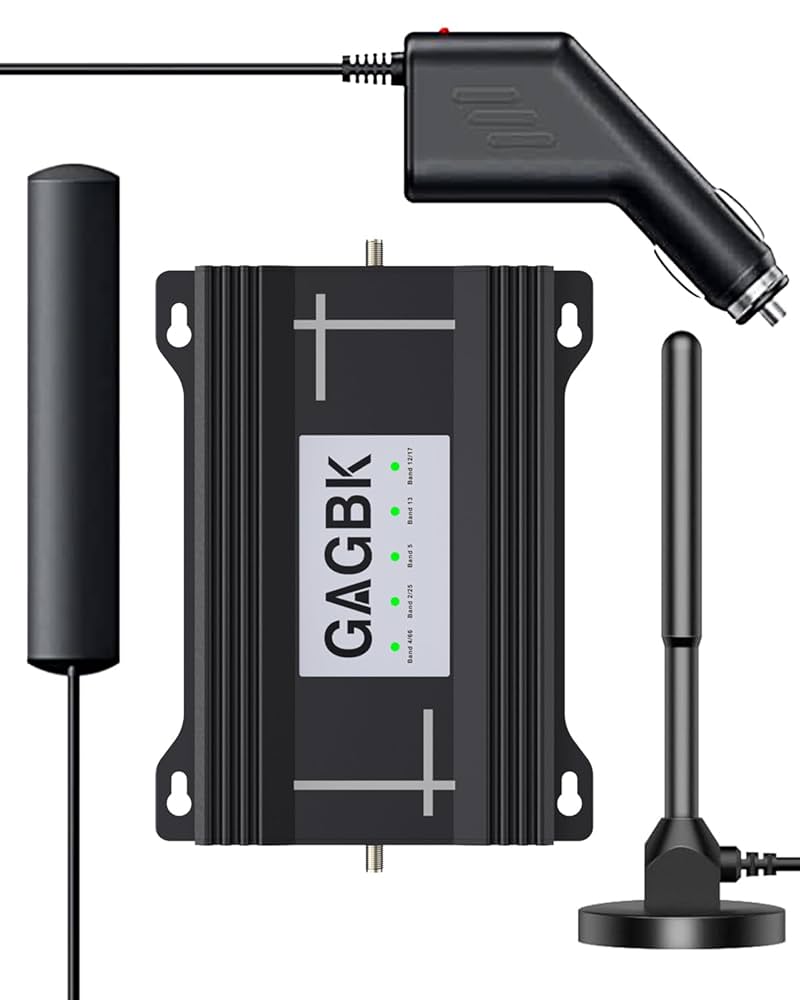
Installation & Testing Protocols
- Component Isolation: Physically separate internal and external antennas (≥2m gap) to prevent oscillation and signal degradation.
- Phased Verification: Test initially in marginal signal zones before remote areas; monitor all carrier indicators concurrently.
- OEM Cabling: Use manufacturer-provided cables/power adapters (third-party accessories risk impedance mismatch or under-voltage issues).
Red Flags to Avoid
- Unverified "universal compatibility" claims, especially from imported units marketed for non-China regions.
- Lack of transparent technical documentation or SRRC authentication codes.
- Promotions emphasizing influencer endorsements over engineering specifications.
Prioritize vendors offering formal warranty coverage and post-installation technical support to mitigate performance risks.

